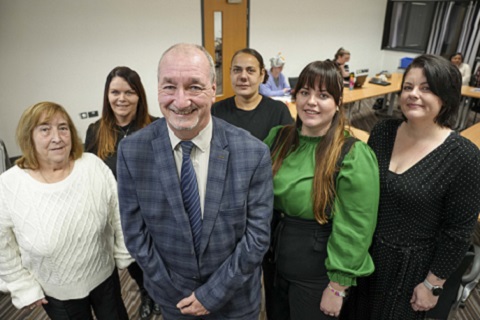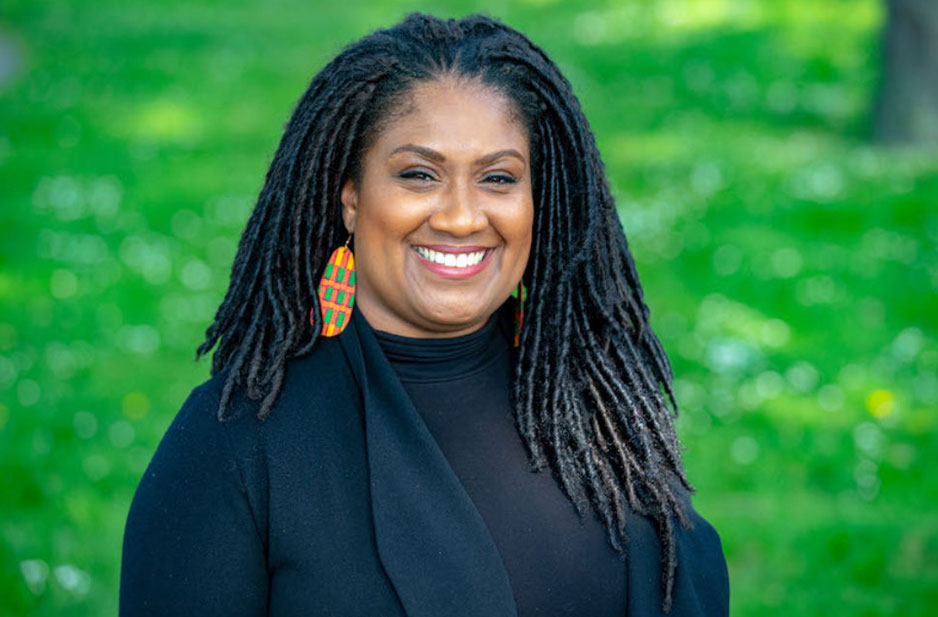When Shahed Amanullah started a website that crowd-sources lists of halal businesses, he found 200 U.S. restaurants serving food prepared in accordance with Islamic law. Today, 25 years later, the site tracks nearly 13,000 U.S. halal restaurants, with menus featuring cooking from Malaysia to Mexico.
While representing a relatively small number, U.S. Muslims’ share of the U.S. population is growing — the Pew Research Centre projects it to more than double (from 0.9% to 2.1%) as a share of the population in the period from 2010 to 2050.
Recent openings of halal restaurants far outpace that rate and reflect Muslims’ greater participation in the American economy.
Yvonne Maffei, author of the cookbook My Halal Kitchen, says halal food has become mainstream in American society, an evolution she compares to that of Mexican food during the second half of the 20th century.
“It’s something that only the Muslim community really talked about 15 years ago, but now I have friends who have never travelled to the Middle East or don’t know what halal is, but they know exactly what hummus, falafel and shawarma are, and they love it.” (Not all Middle Eastern foods are prepared with ingredients permissible under Islamic law, but there are organizations that certify halal and offer labels with symbols of compliance to food makers.)
Until the early 2000s, Amanullah says, the relatively few halal restaurants available were mainly small, family-run joints offering “back-home comfort food” to a heavily Arab or South Asian immigrant clientele.
“You can really find Halal food for any culture or ethnicity in this area now,” says Sarrah Abbasi (@NotYourAverageHalal), an Instagrammer near Washington. Abbasi’s reviews cover halal cuisine that is everything from Peruvian to Korean cooking.
Amanullah credits two economic factors with facilitating the rapid expansion of halal restaurants: the growing Muslim market and the narrowing cost gap for restaurants purchasing halal products.
Amanullah points out that “Muslims make up 1% of the country, but in major metropolitan areas that jumps to 5, 6 or even 10%.”
A narrowing price difference between halal and other meats has also made it easier for restaurants to choose halal. Amanullah highlights an increase in halal meat production in Midwestern states such as Kansas as a major factor for lower costs.
Dave’s Hot Chicken and Elevation Burger are examples of a growing trend of what Amanullah calls “accidentally halal” restaurants. Elevation Burger chose a halal meat supplier based on its standards for quality and the chain was surprised to see large numbers of Muslim customers after the restaurant was listed on Amanullah’s website. The owners “leaned into it. They officially recognized it, and they put halal stickers in their windows,” says Amanullah.
La Tingeria in Falls Church, Virginia, started as a traditional Mexican eatery and deliberately adopted a halal model after its owner, David Andres Peña, experimented with a halal menu on weekends and saw a jump in demand.
“Going halal was what really separated us from a lot of the competition. No other Mexican spot was inclusive to the Muslim community. They were still selling pork and still serving alcohol, and we really changed the game by going halal and opening those doors to another whole group of people,” Peña says.
Beyond the economic factors, Amanullah also credits the greater integration of Muslims in American society. “Halal isn’t a bad word in America,” he says. “You can have New York-based chain The Halal Guys, and no one’s going to make a big deal about it.”











